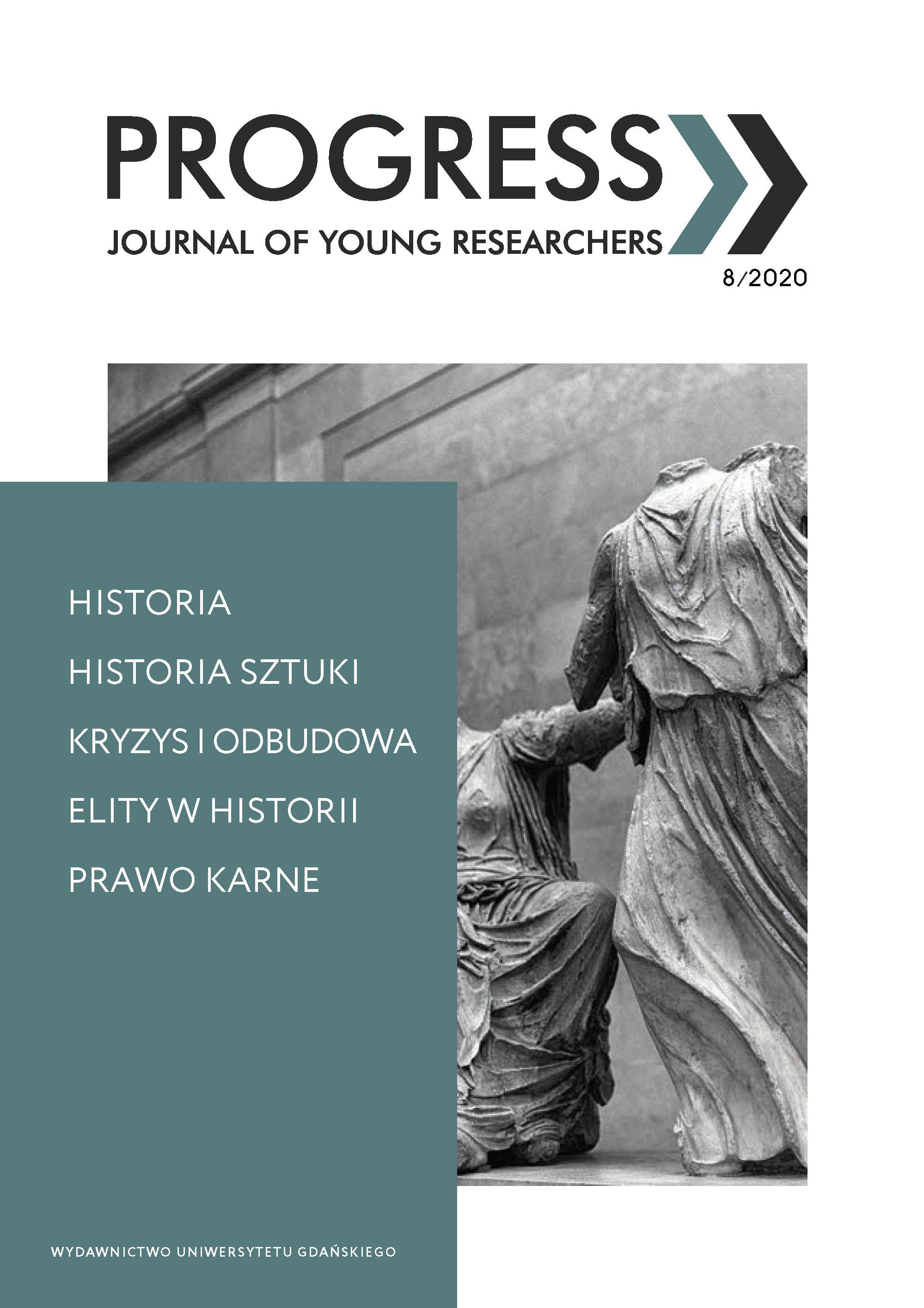The transformation of female characters in Walt Disney’s animated films
DOI:
https://doi.org/10.26881/prog.2020.8.08Keywords:
princess, animated film, Disney, racism, disabilityAbstract
Over the decades, the image of the characters created by the Walt Disney film studio has changed. The heroines of the Princess series have undergone special evolution. The changes taking place in the behavior of fairy-tale characters perfectly reflect the transformation that have taken place in society, especially American from the time of World War II to the present day.
At the beginning the princesses represented the traditional model of femininity, straight from the nineteenth century, with the passage of time their personality changed. Female heroines slowly abandoned their household chores and ball gowns in favor of the sword and bow, with the help of which they began to fight for their rights and privileges. Today, princesses are symbols of culture that reflect social problems. Researchers see among them allegories of disability or the fight against racism. Animated stories are more and more often created in actors’ versions, which often break the classical convention, show the story in a completely different way.
In my article, I would like to raise topics related to the status of Disney princesses in pop culture, the evolution of their behavior and non-obvious symbols in individual stories.
Downloads
References
Bettelheim B., 2010, Cudowne i pożyteczne. O znaczeniach i wartościach baśni, Warszawa.
Bogunia-Borowska M., 2006, Gender studies w przedszkolu. Wizerunki kobiet w dobranockach, czyli co Bob Budowniczy i Listonosz Pat myślą o feminizmie, „Kultura Popularna”, nr 1.
Czarna księżniczka Disneya propaguje rasizm, wp.pl, film.wp.pl/czarna-ksiezniczka-disneya-propaguje-rasizm-6025900687131777g [dostęp: 28.09.2019].
Davis M., 2014, From Snow to Ice: A Study of the Progression of Disney Princesses from 1937 to 2014.
Film matters, http://www.micheleleigh.net/wp-content/uploads/2014/01/snow-to-ice.pdf [dostęp: 13.01.2018].
Disney announces that Woody will be openly bisexual in Toy Story 4, 2019, NPC Daily, npcdaily.com/2758/disney-announces-that-woody-will-be-openly-bisexual-in-toy-story-4/ [dostęp: 10.10.2019].
England D.E., Descartes L., Collier-Meek M.A., 2011, Gender Role Portrayal and the Disney Princesses. Sex roles, http://fliphtml5.com/wmuo/ohda/basic [dostęp: 20.11.2017].
Giroux H., 1999, The Mouse that Roared: Disney and the End of Innocence, Lanham.
Golden J.C., Jacoby J.W., 2017, Playing Princess: Preschool Girls’ Interpretations of Gender Stereotypes in Disney Princess Media. Sex roles, https://link.springer.com/article/10.1007/s11199-017-0773-8 [dostęp: 14.01. 2018].
Laska E.I., 2005, Dzieciństwo w świecie mediów – szanse i zagrożenia [w:] Dziecko w świecie wiedzy, informacji i komunikacji, red. S. Juszczyk, I. Polewczyk, Toruń.
Price D.A., Pocahontas -powhatan princess, 2020, Encyklopedia Britannica, www.britannica.com/biography/Pocahontas-Powhatan-princess [dostęp: 23.05.2020].
Radkiewicz M. (red.), 2003, Gender w kulturze popularnej, Kraków.
Resene M., 2017, From Evil Queen to Disabled Teen: Frozen Introduces Disney’s First Disabled Princess, “Disability Studies Quarterly”, dsq-sds.org/article/view/5310/4648 [dostęp: 7.01.2018].
Rogers M., 2003, Barbie jako ikona kultury, Warszawa.
Siemieniecki B., 2012, Media, a patologie we współczesnym świecie [w:] Wychowanie do wartości w świecie cyberkultury, red. B. Balicka, Toruń.
Simba will be gay in Disney’s live action remake of Lion King and it’s awesome, 2018, NPC Daily, npcdaily.com/1195/simba-will-be-gay-in-disneys-live-action-remake-of-lion-king-and-its-awesome/ [dostęp: 10.10.2019].
Wakefield L., 2019, Frozen 3 reportedly introduce a girlfriend for Elsa, Pink News, www.pinknews.co.uk/2019/09/30/frozen-3-girlfriend-elsa-lesbian-gay-disney-lgbt-princess-queen/ [dostęp: 26.09.2019].
Witek A., 2019, Kreowanie poczucia kobiecości poprzez filmy animowane Walta Disneya [w:] „Progress. Journal of Young Reserchers”, nr 5.
Zając M., 2000, Promocja książki dziecięcej, Warszawa.
Downloads
Published
How to Cite
Issue
Section
License
Copyright (c) 2020 Author(s)

This work is licensed under a Creative Commons Attribution 4.0 International License.

 Academic Scientific Journals
Academic Scientific Journals




